Author: Playing
In summer, it is best to hide in the mountains of Guizhou to escape the heat. A few days ago, when I wrote a guide to summer escape in Liupanshui, Guizhou, I got the approval of many friends.
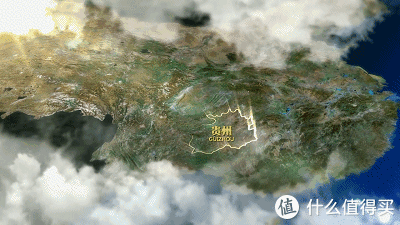
Guizhou is very big. If you want to have both humanities and scenery, it must be Southeast Guizhou.
“Three thousand kilometers in Qianshan and Guishui, and Yungeyue in Miaojiang and Dong regions”, this land was selected by UNESCO as the only “return” in Asia A model of nature, returning to nature”.
However, recently, from the perspective of travel, Qiandongnan is a bit of a love-hate relationship.
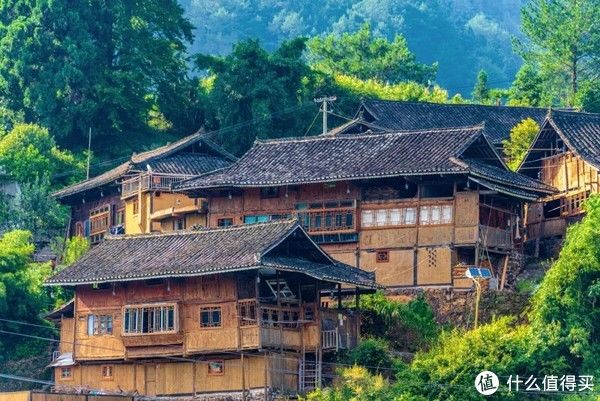
Loved people relish the ethnic minority villages hidden deep in the mountains, original scenery and generations Inherited craftsmanship, but too commercial attractions are prohibitive.
If you don’t believe me, go to the circle of friends, there are already many people in the popular scenic spots like Qianhu Miao Village in Xijiang this summer.
I am keen to discover niche and fun destinations, this time I changed my mind. We won’t go to overly mature scenic spots. I’ll go to some niche villages for everyone to explore the way.
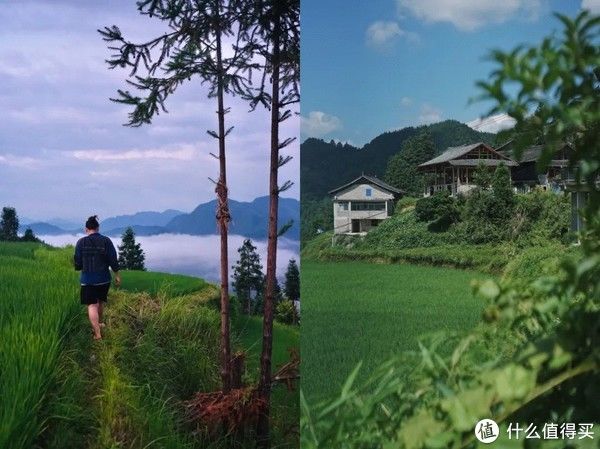
If you want to talk about the architecture and the pattern of the village, if you look at it, it is actually the same. So, I think the most quintessential gameplay in southeastern Guizhou is definitely not to watch flowers and join in the fun, but to choose a village to live in and live with the locals (I will take a self-driving car in southeastern Guizhou later. Big strategy, first notice).
If you only come to one place, I would first recommend everyone to Danzhai County.
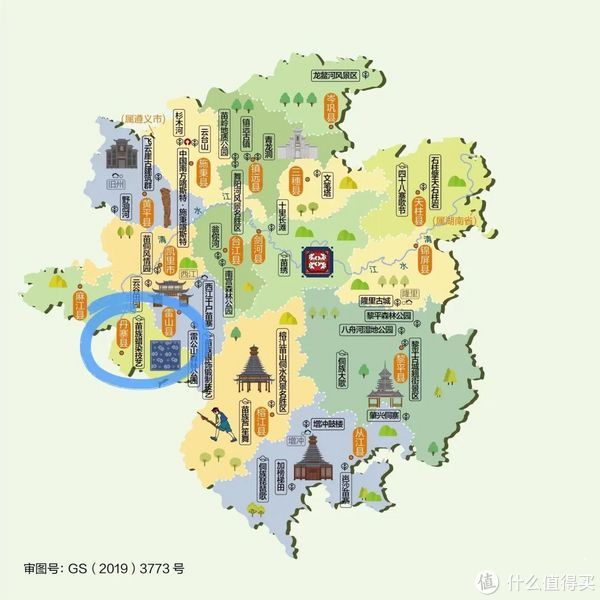
Danzhai County is very playable.
It has 7 national-level items (Miao nationality batik, ancient papermaking, Miao nationality golden pheasant dance, Miao nationality oral classic “Jia”, Miao nationality Miao year, Miao nationality costume, Miao nationality mang tube sacrifice music and dance), There are 17 provincial-level and 34 state-level intangible cultural heritages, making it a veritable “hometown of intangible cultural heritage”.
The batik of Paimo Village, the ancient paper-making method of Shiqiao Village, the birdcage of Kara Village…Deep in the mountains, the ancient crafts handed down by the ancestors are still being secretly passed down. followed.
You say they are traditional and ancient, but they have already been eyed by big fashion brands and shine on the international stage.
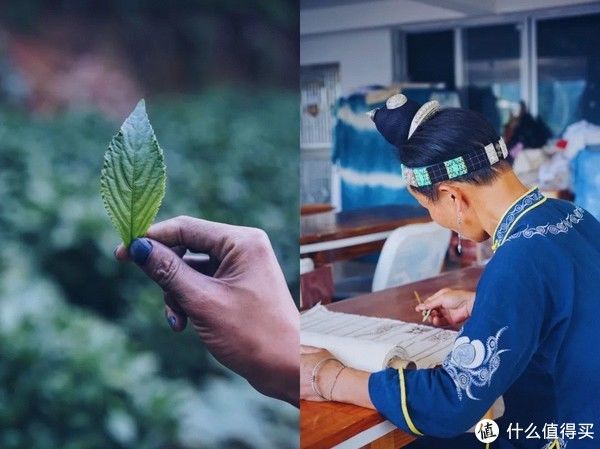
The simple Miao village scenery is also hidden in the folds of this mountain. Walking on the terraced fields in the morning to see the sea of clouds surging, and the bright stars filling the sky at night are all gifts.
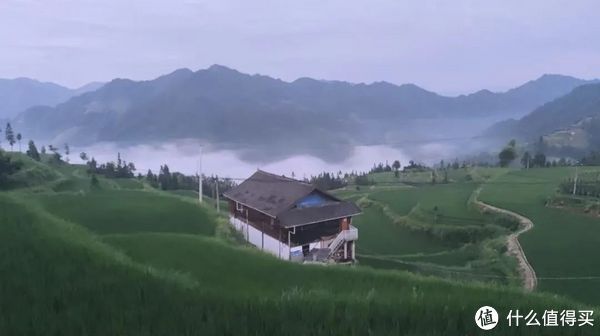

Of course , there is not too much tourism development, and it also means that the supporting facilities are not perfect and need to endure a certain degree of inconvenience. So to play in the small stockade, it requires some spirit of exploration.
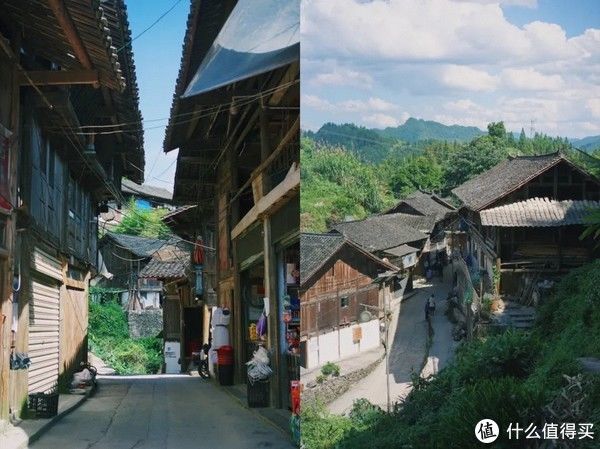
As usual, go to the map first, and then I will expand on it
< p>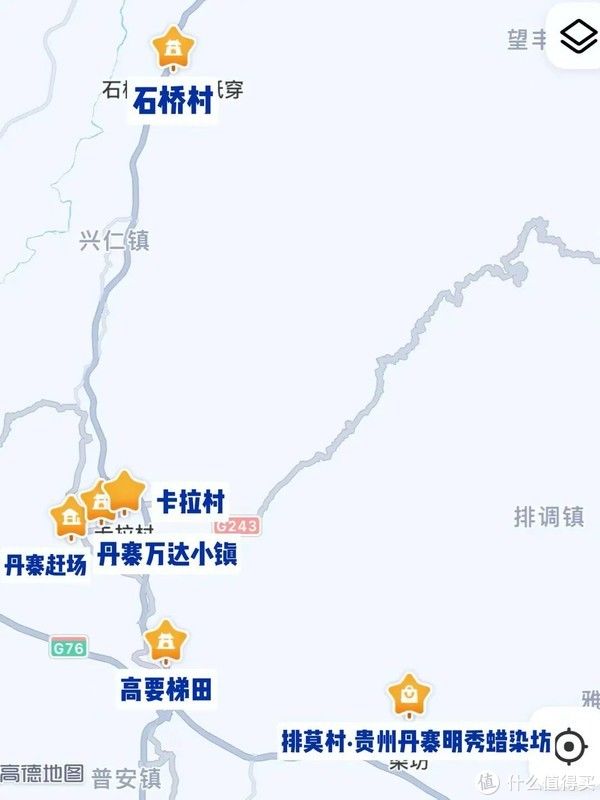
Paimocun Batik
Danzhai County is an area inhabited by the Miao ethnic group, the first batch of which was announced by the state Among the national intangible cultural heritage, Danzhai batik is selected as the dyeing and weaving skills of ethnic minorities.
Before I set off, I specially checked the data. According to statistics, about 80% of the counties and cities in Guizhou have the tradition of making batik, but the batik in Danzhai County is a typical one. Very classic batik is Zhenning, Nayong, Chong’an).
Danzhai batik is the most typical of Powder Mo.
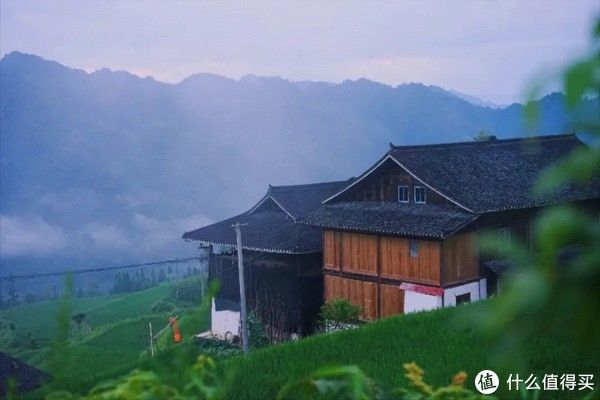
Paidaomo is actually two villages in Danzhai County, one is called Paidao Village and the other is called Paimo Village. The two villages are close to each other, and both are famous for making batik.
Exit Mo is one of the best preserved places for batik in Danzhai, where every household will make batik, and there are batik masters in the village.
This time I went to the Mingxiu Batik Workshop of Mr. Zhang Shixiu, the non-genetic inheritor of batik in Paimo Village.
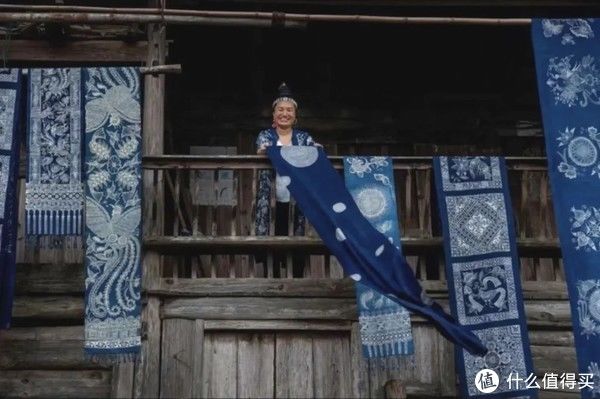
Mr. Zhang Shixiu has an independent dyeing workshop, which allows me to experience handicraft batik, also here Stay one night.
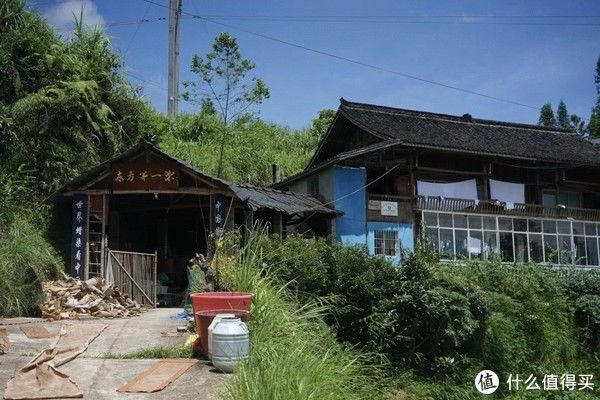
First of all, let’s talk about transportation. Currently, there is no bus in Paimo Village. If you go there by public transportation, it will be quite troublesome.
Traffic Information:
From Guiyang, the high-speed train can take you to Sandu County Station within 1 hour, and then go to Paimo from Sandu County. There are two options:
1. Take a taxi directly from Sandu County to Paimo Village, the fare is 200 yuan +.
2. First, from Sandu County to Danzhai, there is a minibus with a ticket of 8 yuan. Basically, there will be a shuttle bus when the high-speed rail arrives at the station. The journey takes about 30 minutes. You can contact the bus master in advance to confirm the time: Master Wen 15185532161
After arriving in Danzhai, you can take a taxi directly. The fare is generally 100-150 yuan; you can also ask Mr. Zhang Shixiu to help in advance. In Danzhai, the car that is going to return to the village, take a ride into the village, and the fee is 35 yuan per person.
The road from Danzhai to Paimo is really difficult to walk. After more than an hour of tossing, I finally arrived at Paimo Village.
After putting down my luggage and resting for a while, I started the batik experience.
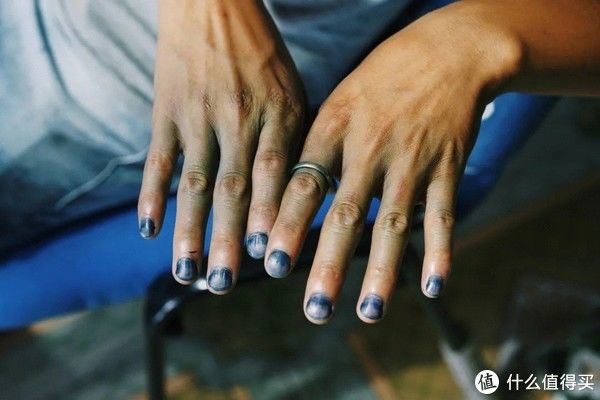
Miao nationality batik process
The Miao nationality has many branches, large Part of the branch is mainly embroidery, and the women of white-collar Miao in Paimo Village can do both batik and embroidery at the same time.
The production process of batik is generally as follows: picking blue grass – making indigo vat – painting wax – dyeing – dewaxing – drying.
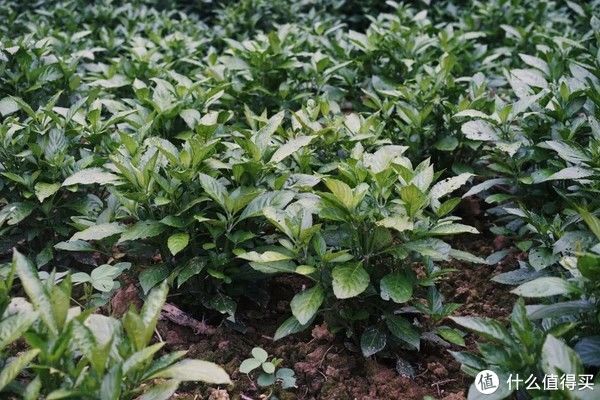
Mr. Zhang’s family keeps a few large indigo tanks all year round, so there is no need to pick bluegrass by yourself. It starts with painting wax.
The staff of the dyeing workshop will explain the key points of the batik process to you, and then you can choose the pattern you want and start painting.
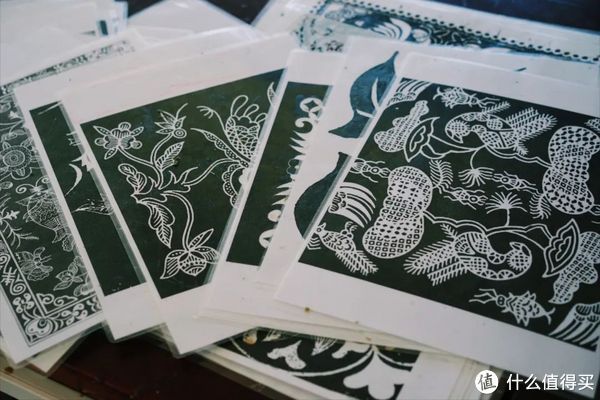
Batik is aboutusing plants as dyes, wax knives as brushes, and beeswax as inks.
The tool for drawing wax painting is a special steel knife. Because the brush dips in the wax liquid, it is easy to cool and solidify, so the steel painting knife is used to slow down the solidification of the wax liquid. speed.
There is a groove in the middle of the wax knife, which can store a small amount of wax liquid. When drawing, the hand is slightly inclined forward to let the wax liquid flow out, and then the pattern can be drawn on the white cloth.
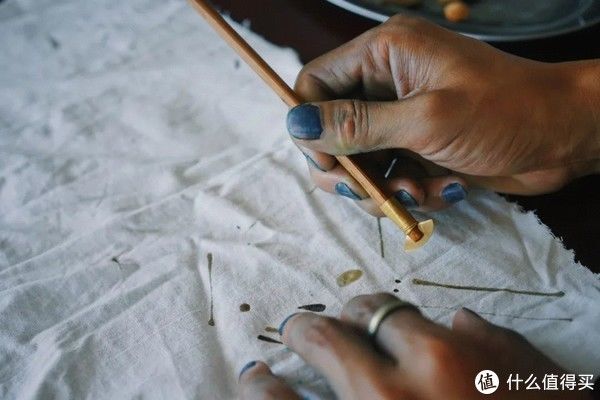
After I really got started, I realized that the measure of strength is extremely difficult to grasp. Too much tilt is easy to blur. When you open it, the painting is blurred, and if it is too small, it will not be able to draw the shape.
You can’t draw as smooth as grandma’s.
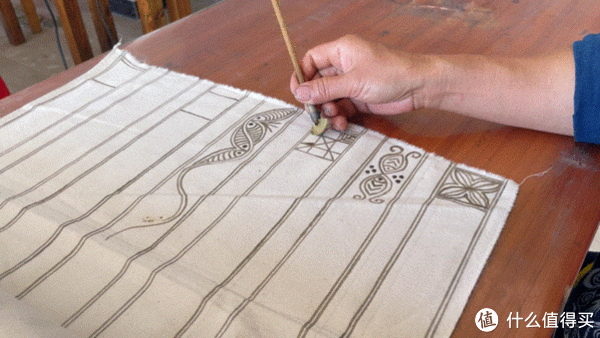
Patterns
Once you have mastered the basic skills, what do you want to paint?
The patterns I see most here are:
Wotowen: The earliest patterns created by white-collar Miao ancestors are mainly used in the costumes of the Miao people. Eight circles are surrounded by an ancient coin pattern, two in a group, symbolizing one positive and one negative, one yin and one yang.
Butterfly: is the “Mother Butterfly” regarded by the Miao people as the ancestor of all living beings.
Bird pattern: The white-collar seedlings are also known as the tribe of birds, and the bird pattern is their totem, which is used in many scenes.
Miao people: Used to depict various life scenes, the Miao ancestors did not learn any paintingPainting skills, so the characters are drawn very crudely.
Basically, Miao people draw what they see in their daily life, so flowers, birds, fish and insects are the most common patterns.
You can draw these traditional patterns or create your own.
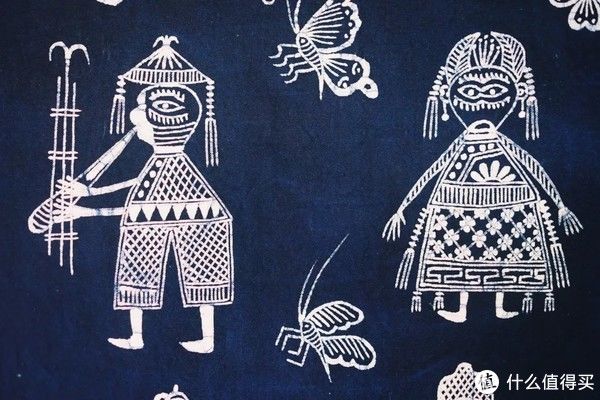
After drawing, the staff will take you to color it.
The cloth should be wetted with water before being placed in the vat, and then dipped into the indigo vat for dyeing.
Every few minutes, it should be lifted to oxidize, and then repeated several times. The more you dye, the longer the dyeing time, and the darker the color will be.
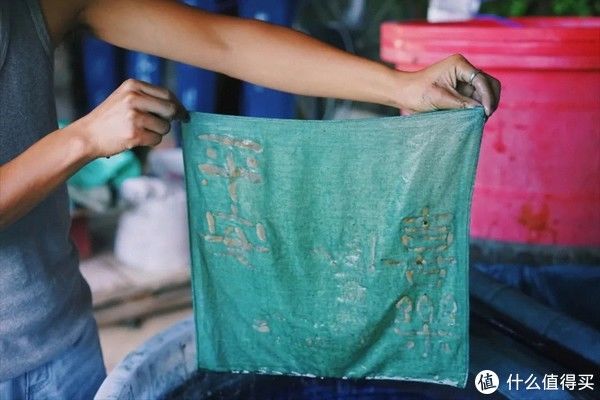
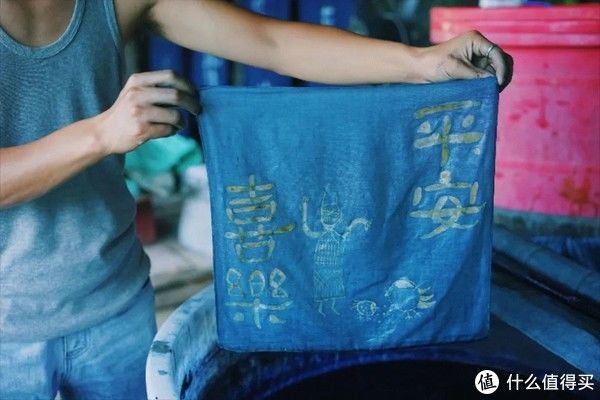
After dyeing, You can add hot water to soak for dewaxing, and after the beeswax melts, you can see the effect of the finished product.
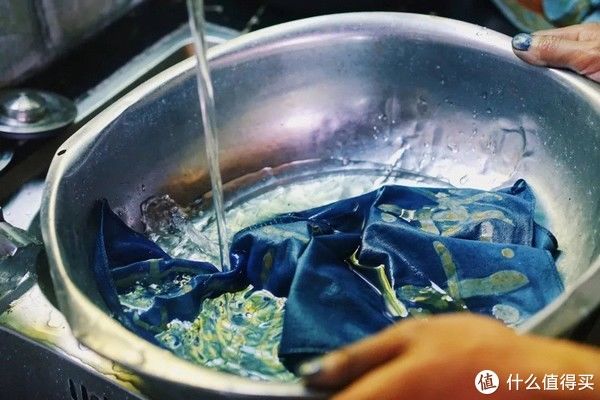
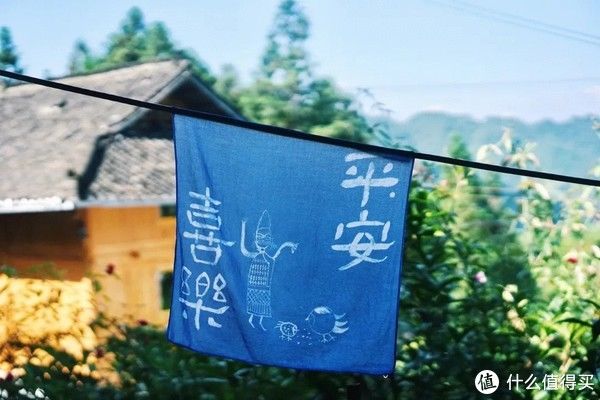
A First of all, the batik experience is not uncommon, it can be found everywhere in Guizhou. The soul of Paimo Village lies in the owner of the dye house Mr. Zhang Shixiu and the miao grandmothers who have painted batik all their lives.
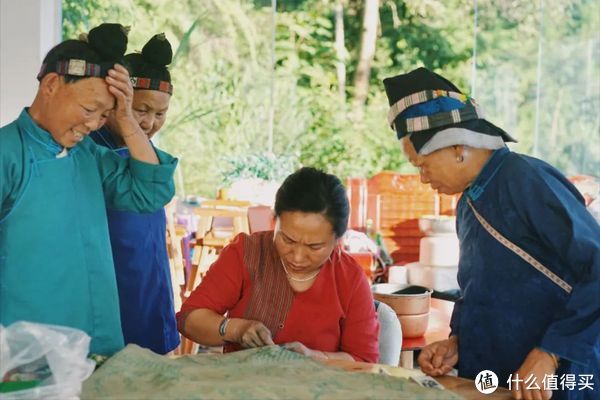
In Miao Village, everyone can do batik, girls will follow their elders when they are seven or eight years old Familiar with wax knives, this is a skill taught by words and deeds. But now there are not many young girls who draw batik.
If you don’t make money, you naturally have to go out to make a living and think of other ways.
But it was under the leadership of Teacher Zhang and some advanced Miao women that more and more people knew batik out of the mountains, and orders from folk art merchants and the government continued to flow to the exclusion zone. .
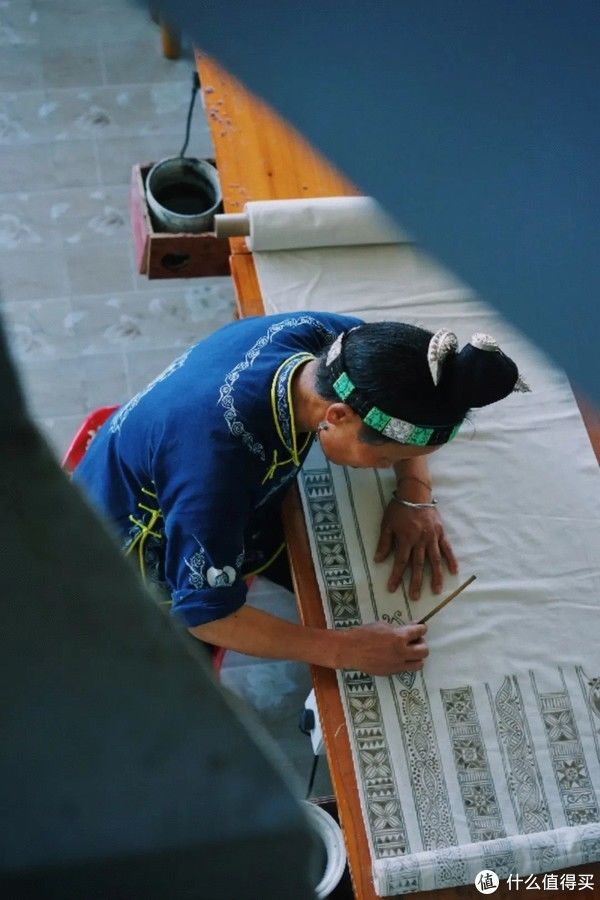
She opened a dyeing workshop and invited local grandmothers with good craftsmanship to paint batik in the studio and let the villagers The painter can make a living by this ancient craft and earn money by her own craft.
Therefore, the local people respect Mr. Zhang very much.
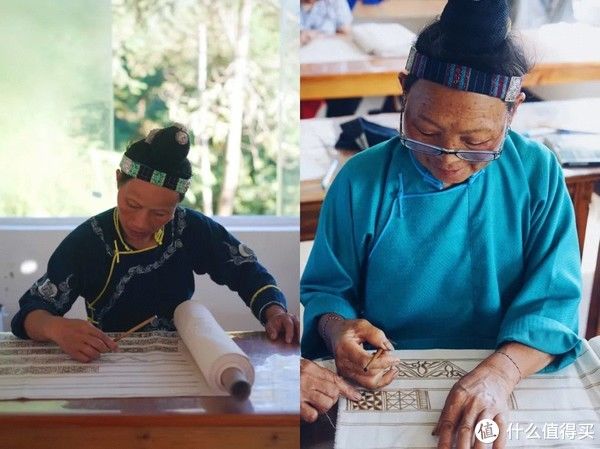
Women in the mountains do not have good job opportunities, for them, this is a very good job Work.
The grandmothers come to “work” every morning, learn batik skills from each other, and eat downstairs together at noon. Everyone chats and laughs, and the atmosphere is very pleasant.
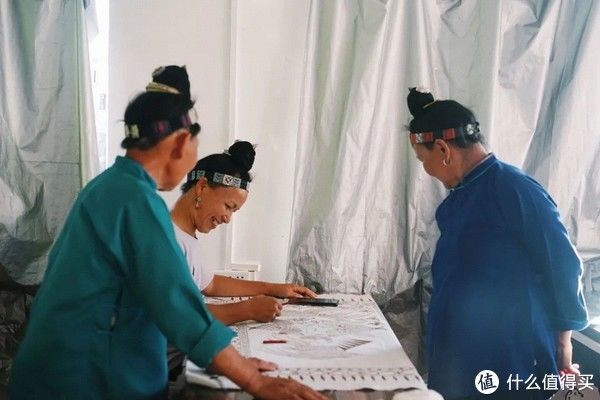
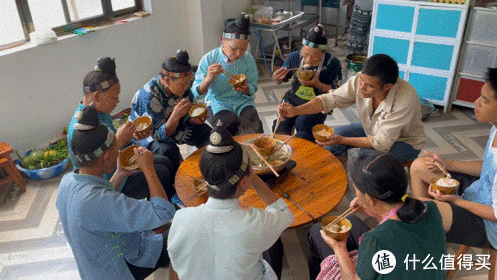
I love watching them Painting, the seemingly incomparably complex patterns have already been internalized in the heart, and it is easy to pick up the wax knife. Those distant legends and simple life scenes flow into neat batik paintings.

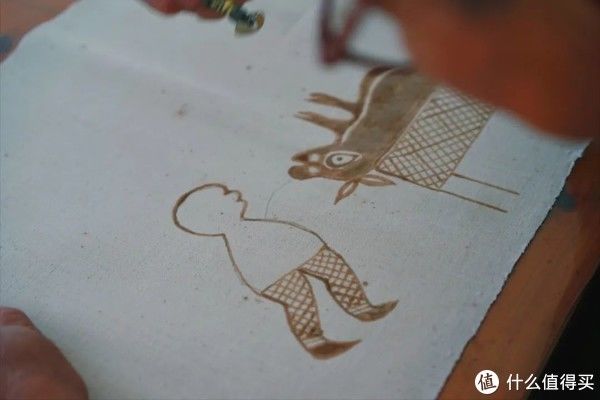
< p>Mr. Zhang is an amazing Miao woman. She is determined and strong, and she always says that crafts do not make money, but she happily takes the grandmothers in the village to make batik every day.
Mr. Zhang said with a smile, “I wanted to be a woman with a big brother, but I didn’t expect to be a woman’s big brother.” Although it was a joke, I was moved when I heard it.
After painting the batik, you can go to Mr. Zhang’s exhibition hall, there are many finished batik.

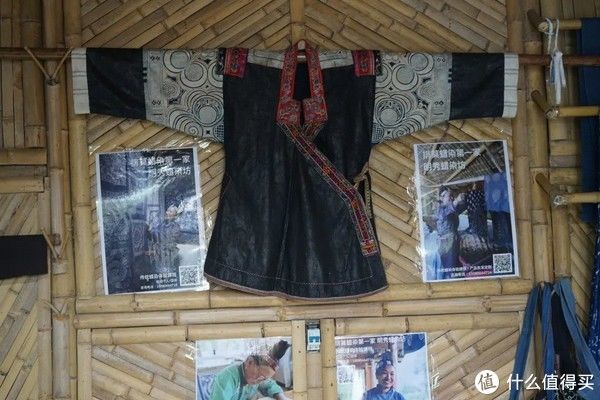
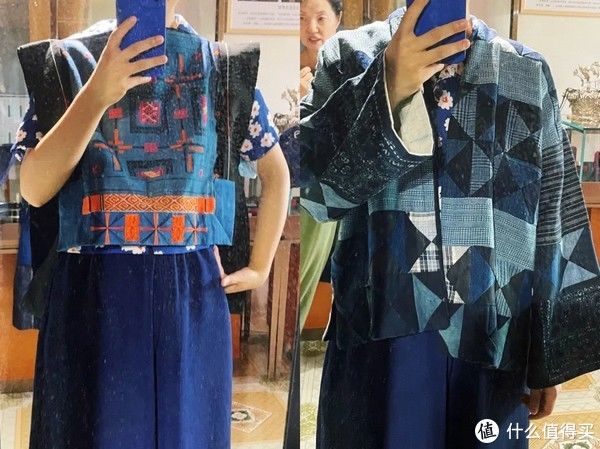
Mr. Zhang has collected a lot of old cloths, embroidered pieces, and old clothes, which look like a pile of “garbage”, but they don’t spend any less money.
Like this Bird Clothes, it is the most solemn clothing of the Miao people, and it is usually worn only on important festivals.
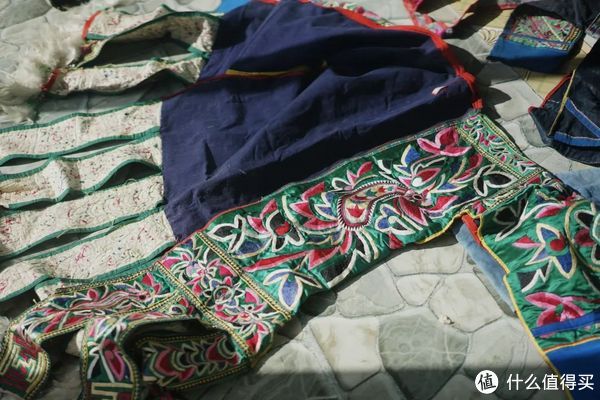
From weaving, embroidery, highlighting… the complexity of making a Miao suit is far beyond me imagination. But the Miao people are like this beauty and romantic, so they are accompanied by Chinese clothing and silver throughout their lives.
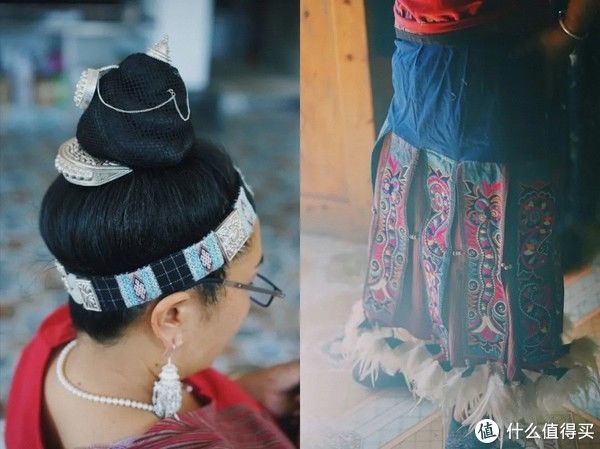
I was happy to see Mr. Zhang’s collection of batik works.
Mr. Zhang has the heart to draw all the classic patterns of Miao nationality batik. The long axis of tens of meters must be rolled and viewed. A piece of cloth is a map of Miao nationality patterns.
The Miao people have no written language, so they use ancient songs, silver ornaments, and Miao embroidery to try to record the history of the nation.
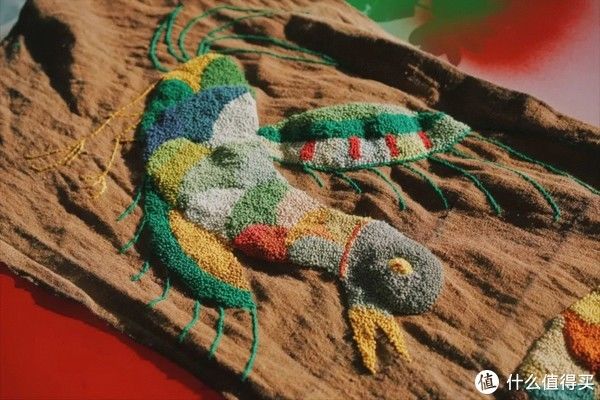
Life in Miao Village
The Paimo Village is not big, it is There are only more than 600 small Miao villages. But from the perspective of scenery, it is quite primitive and simple.
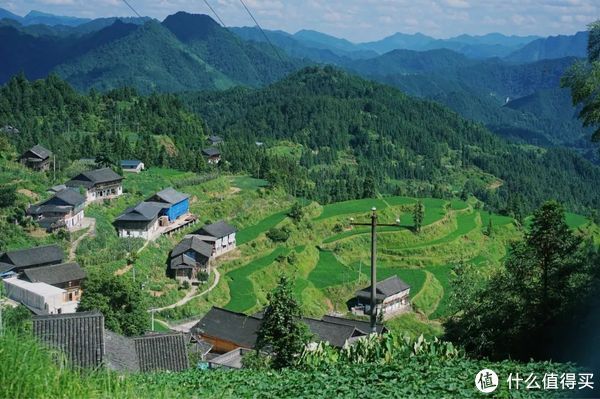
The stilted houses built of fir are scattered on the surrounding hills. Mo people are fond of bullfighting, and they will always toss in the bullring during festivals.
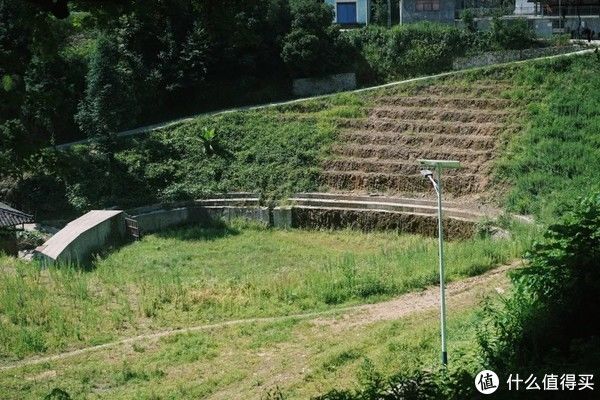
In the morning, you can go to the terracing to see the sea of clouds. Seeing that the sea of clouds was about to catch up with the sunrise, I got up at 5:30 in the morning, just in time to see the mountains shrouded in a sea of white clouds.
The terraced fields are not famous, they are called Paimo terraced fields. Although it is not the most ornamental time for terraced fields, this tender green is still very beautiful.
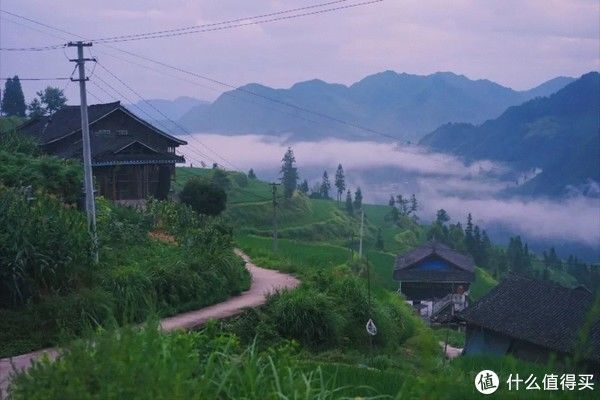
This terraced field is so clean, the breeze in the valley blows, and only the purest greenery flows verb: move. The Miao women who are attached to the land every day turn the land into art.
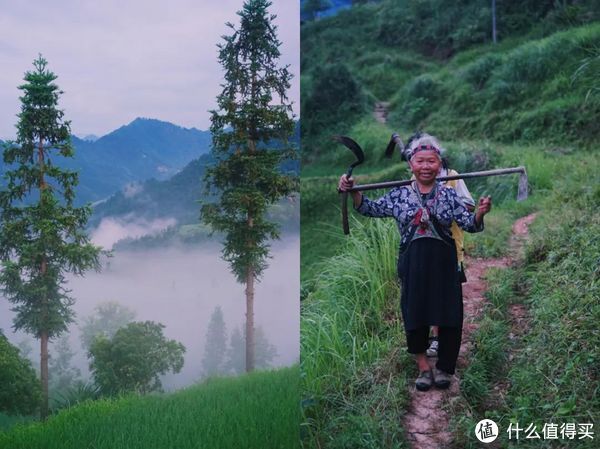
In the rice fields, the Miao people will also raise carp. The sound of the carp purring and blowing bubbles can be heard.
p>
Fish can not only eat pests in rice fields, but also provide sufficient nutrients. When the rice is ripe, the fish that have eaten the rice will be at their plumpest. The symbiosis of fish and rice is the wisdom of life in the farming era.
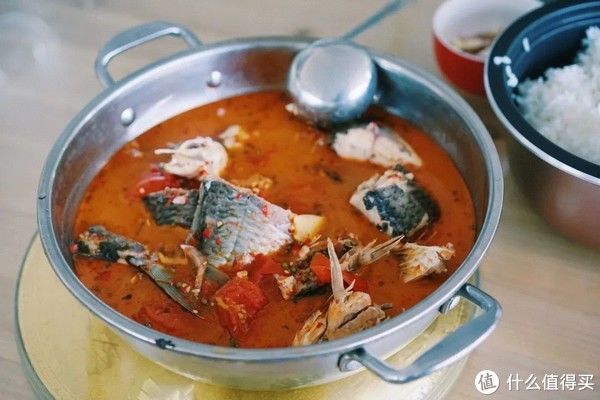
There are many such terraced fields in Guizhou, which have nurtured the residents of Dashanli for generations.
Although the most authentic rice flower fish is still not available, there is no shortage of authentic Miao food.
And every few days, the grandmother in the village will bring the freshly harvested vegetables to Mr. Zhang’s house to sell, which can easily realize the freedom of fresh vegetables.

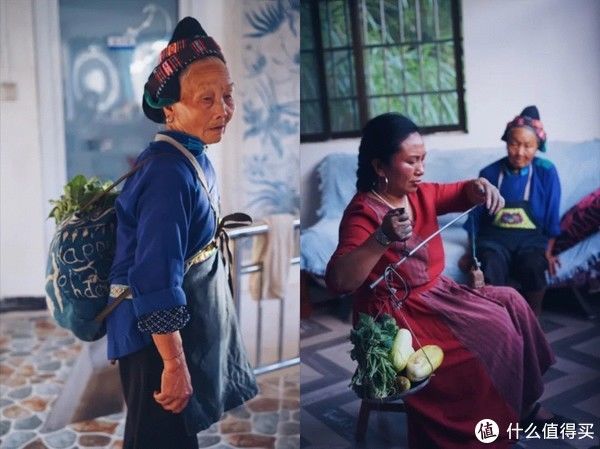
Teacher Zhang’s home on weekdays I eat a lot of vegetables. If you want to eat meat dishes, such as fish in sour soup, pig trotters in stewed soil… You can make additional requests.
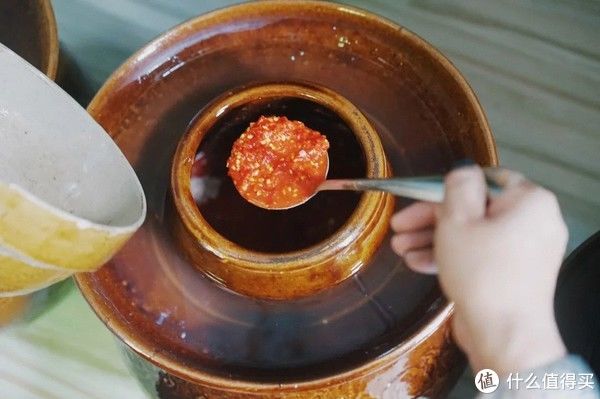
So far away from Mo Village, is it worth it?
If you really love batik art, I recommend everyone to come here. Regarding Miao batik, Teacher Zhang is a living dictionary, she knows a lot.
If it is to feel the customs and customs, I think the Miao festivals, such as Eat New Festival, Lusheng Festival, etc., will have a better atmosphere.
At this time, there are often various activities in the village. It is not a performance for tourists, but a ceremony for people in the village to get together. For example, I arrived at the Hill Climbing Festival of the Miao ethnic group a few days after I left. The local people gathered together and it was very lively.
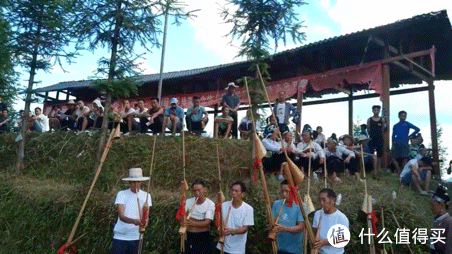
The experience fee is 260 yuan/person/time, including three meals + accommodation + experience. But to be honest, the current experience process of dyeing workshop is not very mature. Although there are volunteers, most of the time, Mr. Zhang Shixiu takes care of the whole dyeing workshop by himself. Some people have more than enough strength, so everyone should be mentally prepared.
I think if you go to play, you can communicate your requirements and expectations clearly in advance.
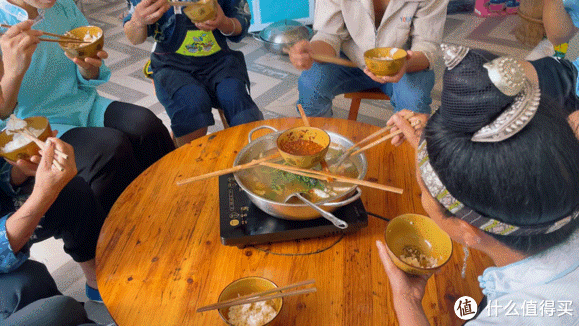
Other ways to play in Danzhai
This time I went to Danzhai, mainly I went to Paimo Village to experience batik. In addition, Danzhai is actually very playable, and it can even connect a line of intangible cultural heritage search for ethnic minorities. Let me list some good points for you.
Danzhai catching a market
My favorite experience in Guizhou is catching a market. Clothing to buy. There are several branches of the Miao ethnic group in Danzhai, and the clothing and headgear of different branches are different. It is also a national costume show.
Danzhai goes to the market once every six days, which is the dog day and the dragon day of the Miaoli calendar, and the address is on the central Mingfu Street.
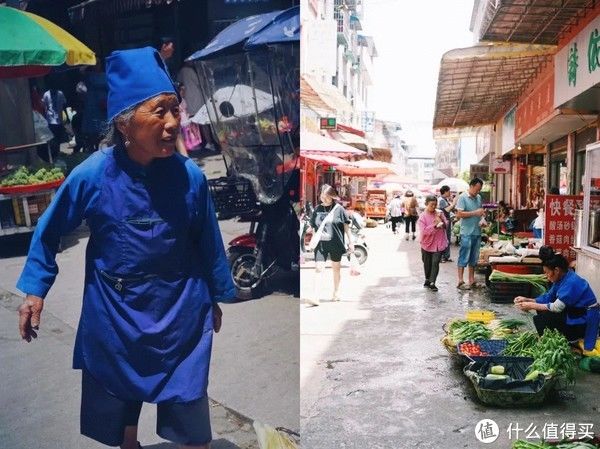
Shiqiao Village
Shiqiao Village It is the inheritance place of the national intangible cultural heritage “Ancient Papermaking”. The rolling hills isolate the village from the world, and it also retains the ancient white paper making skills.
When you walk around the village, there is a paper-making chute not far away, and the residents are still producing paper using ancient techniques left by their ancestors. The National Museum of China and the Palace Museum use paper from here to restore ancient books.
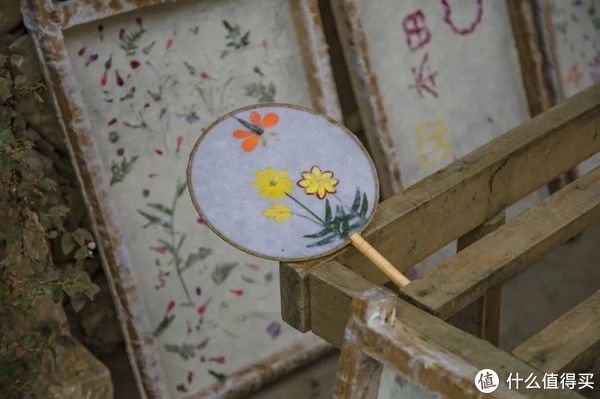
If you want to experience paper making, you can go to Ancient Paper Making Hole Base and >Paper will sing.
In addition, Paper Street (shops selling all kinds of paper products), Moon Slope (the best place to watch the sunset), Qingjiang Village (with 6 billion worth of Jinsi Nanmu Group) These places can also be visited by the way.
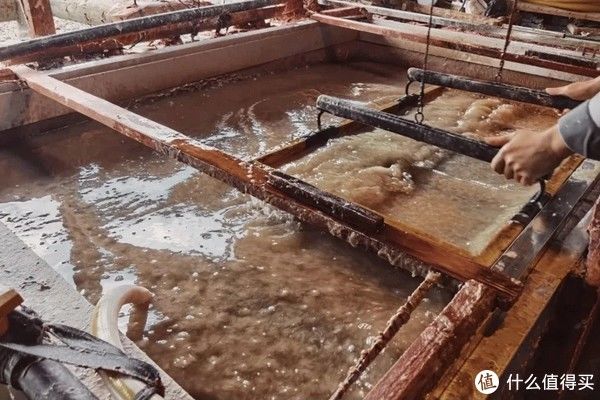
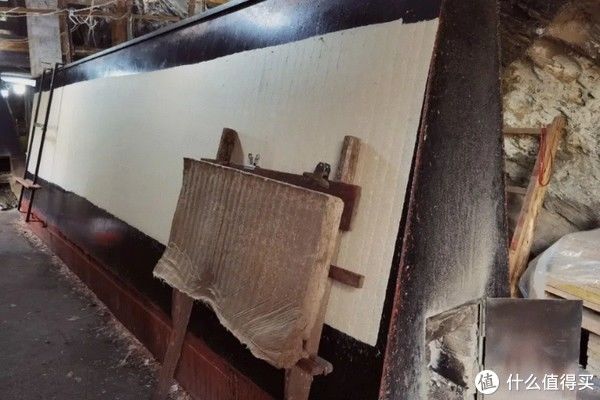
Kara Village
Kara Village is not big, it is famous for making bird cages, it is one of the few extant ancient handicrafts The village of weaving bird cages. If you see a huge bird cage on the top of the mountain, it means that the village of Kara has arrived.
Currently this village is very popular in a certain book, and it is still very good to take pictures with bird cages
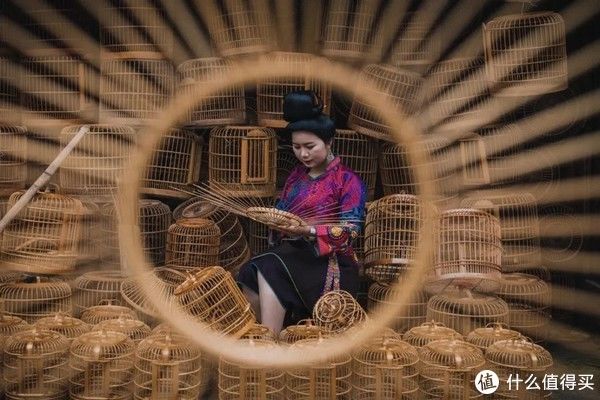
< p>There are also many farmhouses in the village, because the local households will keep fighting cocks, so if you are willing to try it, the fried fighting cock in oil pan (bigger than ordinary chickens, firm meat, and chewy) is a local specialty.
Gaoyao Terraces
The Gaoyao Terraces are not particularly famous, but they are among the top ten most beautiful terraces in China. Thousands of acres of terraced fields extend from the top of the mountain to the foot of the mountain along the mountain. The layers are very spectacular, and the beauty is very online.
If you are playing in Danzhai, you might as well stop by and search for “Gaoyao Terrace Observation Deck”.
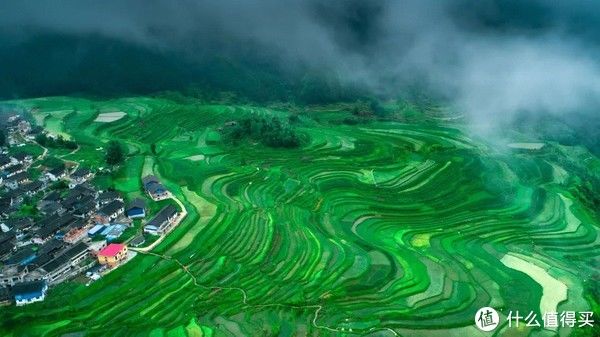
Wanda Town in Danzhai
Of course , If you don’t want to run far, you can also go to Danzhai Wanda Town. There are all kinds of intangible cultural heritage handicrafts in Danzhai, such as intangible cultural heritage papermaking and batik experience, which can be unlocked in one stop.
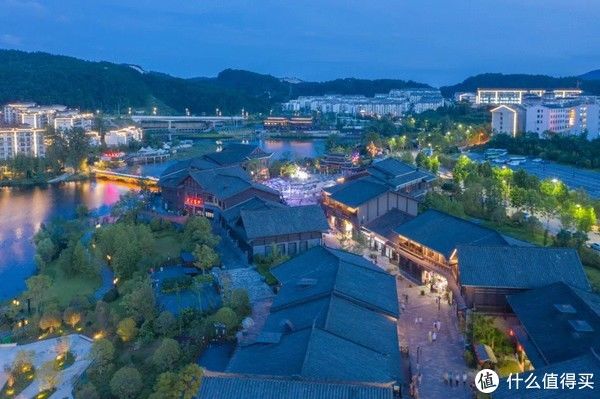
///
Overall , Although the road into the village is not easy, the original ecological scenery I saw in Paimo Village and every pure smile I met made me feel that it was worth the trouble.
Sometimes the hidden scenery can only be found after a lot of tossing, especially in Qiandongnan, which is good at “hiding treasures in the mountains”.
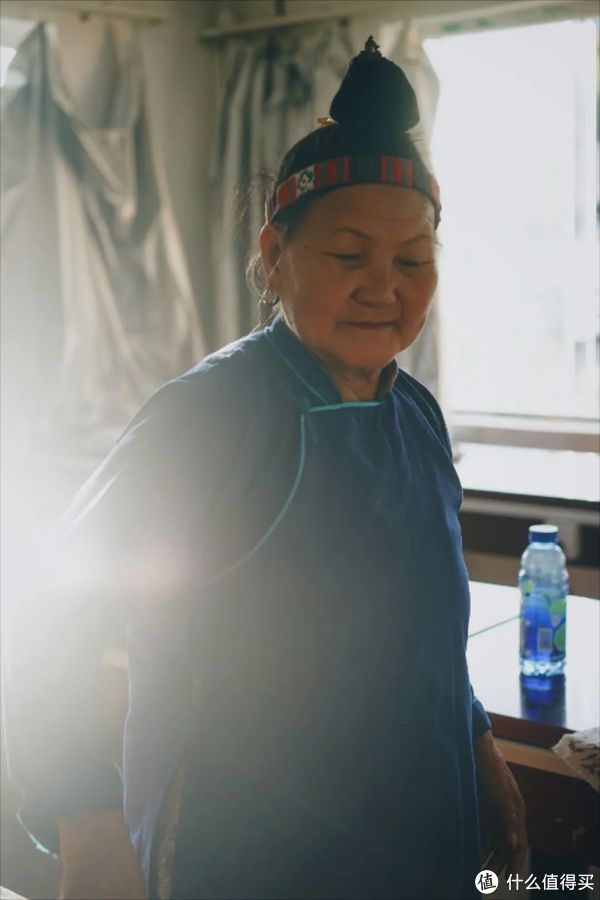
/travel tips/
strong>
Transportation: From Guiyang to Danzhai, take the high-speed rail to Sandu County, and then transfer to Danzhai. However, since most of the villages and villages do not have traffic, it is still recommended that you travel by car. If you rent a car in Guiyang, you can choose Ehi Car Rental, Shenzhou Car Rental, Wukong Car Rental, Linkage Cloud Car Rental, etc.
Accommodation: You can stay at the Wanda Jinhua Hot Spring Hotel in Danzhai County, and unlock Danzhai Wanda Town by the way; you can stay in Shiqiao Village strong>Danzhai Shiqiao Paper Homestay, if you go to some small villages, you basically have to stay at the local B&B inn.